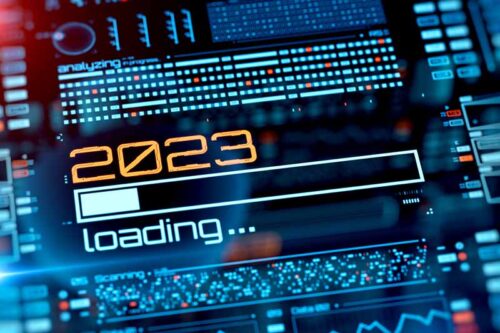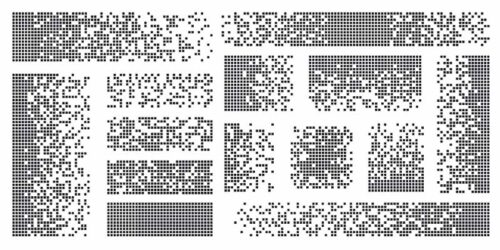Most of us spend more time than we should staring at a display. It’s a big part of our jobs, and our daily lives outside of work (you’re probably reading this on a display right now!). For those in safety- and mission-critical applications, displays even play life-saving roles. But did you ever wonder, how do displays actually work? Today we’ll take a look at what’s happening behind the screens.

In simplest terms, a display takes information, or digitized data, from a source and puts it on a screen. The data can travel via various formats such as HDMI, USB-C, EDI, and even wireless connectivity such as Bluetooth®.
However the signal is communicated, the monitor then essentially “sees” what the image looks like, and puts it up on a screen. But a lot happens in between. In essence, the monitor must convert what is coming in to accommodate the screen. Within milliseconds, it “looks” at the image in electronic format and transforms the attributes. Several are taken into consideration, starting with video formats. These include HD, 4K, 8K, etc. With each of these, image fidelity increases. Other key factors include color, size, and speed. All of these must be processed before the monitor can actually display the image onto the screen. Keep in mind, not all images are built equal.
When an image is being converted into frames, it’s creating a snapshot. Just imagine frame-by-frame animation, it’s the same concept. Several components are working very quickly to create these images as follows:
Decoder – decodes the input signal to the display’s native format
Scaler – takes the image and makes sure it fits the screen
Renderer – transform whatever color the native images have into a color format that the display could understand
Ditherer – approximates colors and adds color depth by diffusing pixels of available colors
Let’s Zoom in Closer
Ultimately, the image is made up of tiny pixels. A 1920×1080 (HD) screen has about 2 million of them! Each pixel is comprised of three colors – red, green and blue (RGB). Each color within the pixel has a brightness value between 0 and 255, which determines how intense each color will be. The three values will then determine the color of the individual pixel. For instance, if the red value is 255, green is 0 and blue is 255, the pixel would be a mix of red and blue, better known as purple.

The individually colored pixels then create the composite image, similar to mosaic artwork. (There are over 16 million RGB combinations, each representing a unique color.) A backlight is used to illuminate the image. Recent technology allows for individual backlight regions. These allow for higher contrast, and improved picture quality overall, particularly for low ambient light applications.
LED vs OLED
Technically speaking, LED displays are actually LCD displays, with LED backlights. LCDs can not produce their own light, this is where the LED backlight comes in. The light emitted from the LED passes through several filters to create color combinations and ultimately render the image. With OLEDs, the LEDs themselves transmit the light, and act as the color filter. As a result, an OLED can produce richer and more accurate black levels. Further, the display’s overall profile is thinner, since OLEDs don’t require layers of filters. While LEDs are bulkier, they produce better white light, and are therefore much brighter.
The Tech is Evolving
Display technology continues to evolve rapidly. But keep in mind that a display relies on other hardware and software to function such as the graphics card, its processor, and other factors. In order to get the best out of a particular display, all of the components in the system must be up to snuff. So, if you are sourcing cutting-edge display technology, such as adaptive backlighting, be careful. Ask lots of questions to be certain the entire system is designed to give the desired output, both figuratively and literally.


